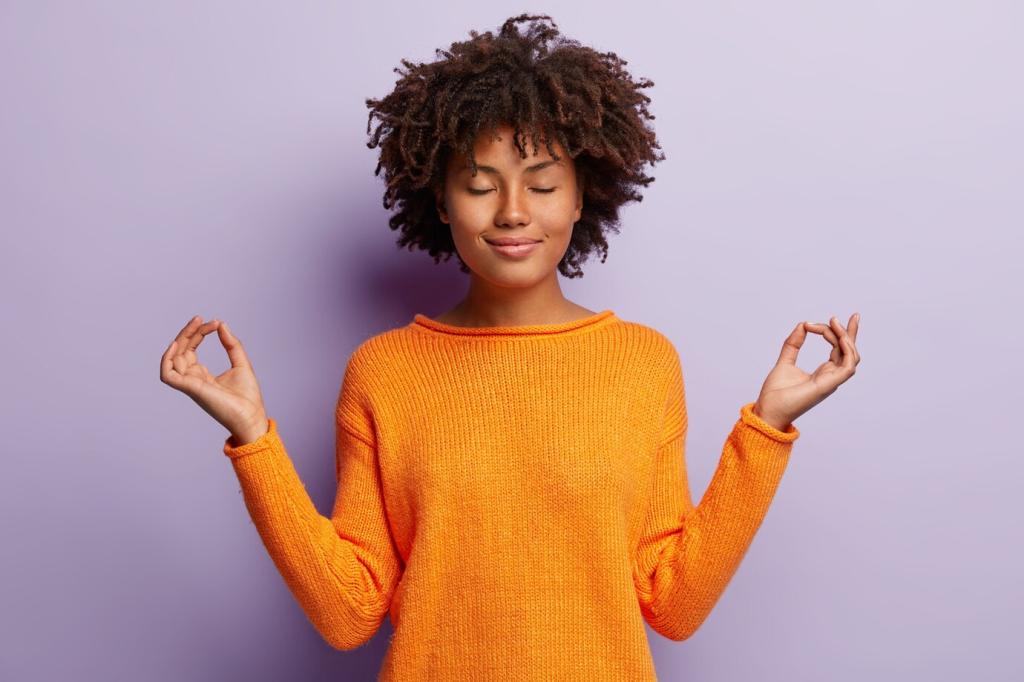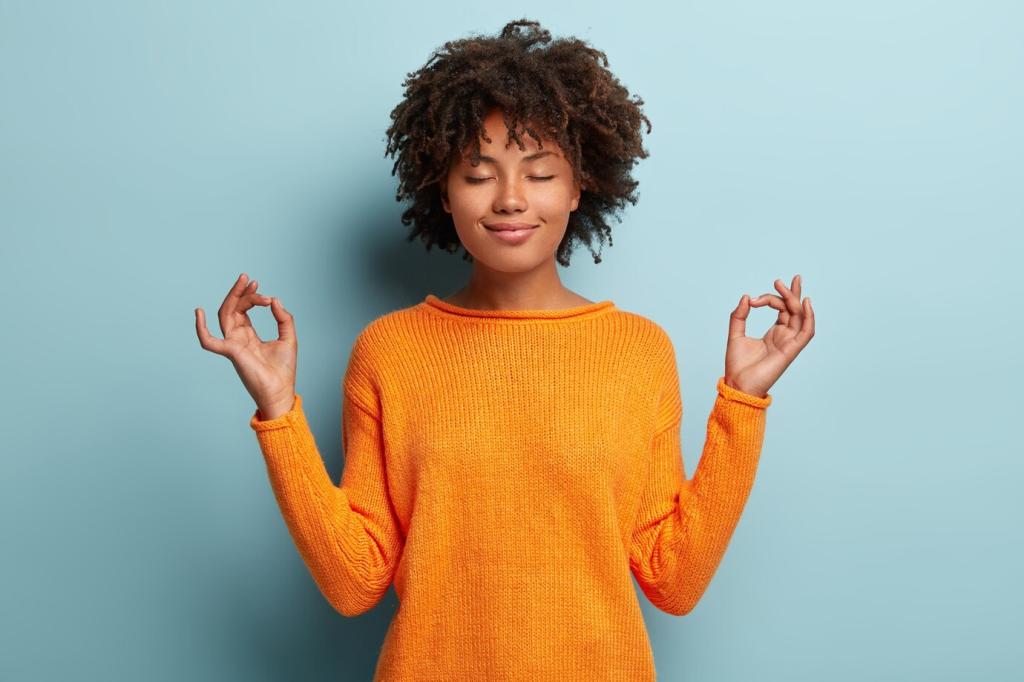Yoga Poses for Stress Relief: Breathe, Unwind, Begin
Chosen theme: Yoga Poses for Stress Relief. Welcome to a calm corner of the internet where we pause, soften the shoulders, and remember that ease is a practice. Join us, share your journey, and subscribe for gentle, science-backed guidance you can actually use.

Why Yoga Calms a Stressed Mind
The Parasympathetic Reset
Slow, lengthened exhales during forward folds and gentle inversions nudge the vagus nerve, improving heart-rate variability and easing muscle guarding. You do not need acrobatics—steady breath, supported shapes, and patience reliably invite the body to downshift.
Small Science, Big Feelings
Research consistently shows gentle yoga can reduce cortisol and rumination while improving sleep quality and mood. Just ten mindful minutes of simple poses often changes how the day feels, especially when paired with attentive breathing and supportive props.
A Real-World Pause
After a tense meeting, I slipped into Child’s Pose beside my desk, palms on the mat, forehead grounded. Two minutes of slow exhales later, my jaw softened, thoughts untangled, and solutions felt reachable rather than overwhelming.

Three Go-To Poses When Stress Spikes
Child’s Pose (Balasana)
Knees wide or together, forehead on a block or folded towel. Let your ribs rest on thighs to feel anchored. Breathe into the back body. If your ankles or knees complain, add a blanket; comfort invites deeper release and calm.

Restorative Shapes to Soothe the Nervous System
Lie back over a bolster running along your spine, or stack pillows. Arms open like gentle wings. Breathe into the collarbones. This posture counters the hunched stress posture and invites emotional space without strain or dramatic stretching.
Restorative Shapes to Soothe the Nervous System
Place soles of feet together, knees supported by pillows. Drape a blanket over hips for security. Let the breath fall into the belly. When the legs feel held, the nervous system trusts the shape and permits deeper unwinding.
Restorative Shapes to Soothe the Nervous System
Hug knees to chest and drop them to one side onto a cushion. Turn head in the opposite direction. Keep both shoulders heavy. Twists wring out residual tension while steady breathing gently massages the organs and quiets agitated energy.
Breathwork Pairings That Amplify Each Pose
Elongated Exhale Ratio
Try four counts in, six to eight counts out during forward folds. Longer exhales stimulate the vagus nerve, signaling safety. If you feel lightheaded, shorten the ratio. Consistency matters more than the numbers, so remain gentle and curious.
Box Breathing in Balasana
In Child’s Pose, inhale four, hold four, exhale four, hold four. Draw the square with your mind’s eye. This structure gives anxious thoughts something kind to follow, creating a rhythm of steadiness your body can trust.
Sighing Breath for Release
In Legs-Up-the-Wall, inhale through the nose and exhale with a soft audible sigh. Let the throat relax. A deliberate sigh can reset tension patterns, like opening a window in a stuffy room and letting fresh air circulate freely.
Close With Care: Integration and Reflection
Lie down, support knees, cover your eyes. Scan from toes to scalp, silently saying, “Soft” to each region. Imagine warm sunlight rinsing through you. Stay for five minutes, then roll to your side and rise slowly, keeping the quiet with you.
Write for three minutes: What felt heavy before practice? Which pose softened it? Name one micro-choice you can carry forward today—like three steady breaths before opening email or unclenching your jaw at every red light.
Tell us which pose eased your stress most and why. Comment with your story, invite a friend to join you, and subscribe for weekly sequences. Your voice helps others feel less alone, and your consistency fuels gentle progress.
